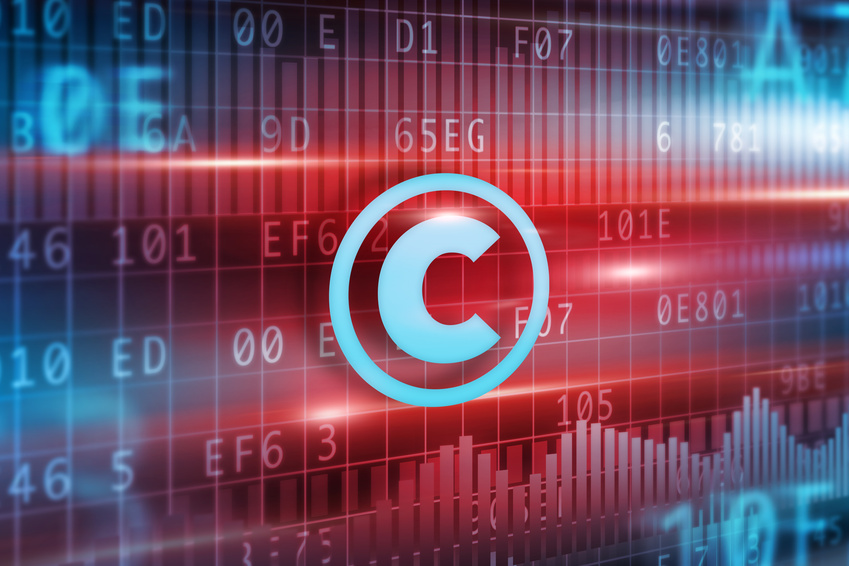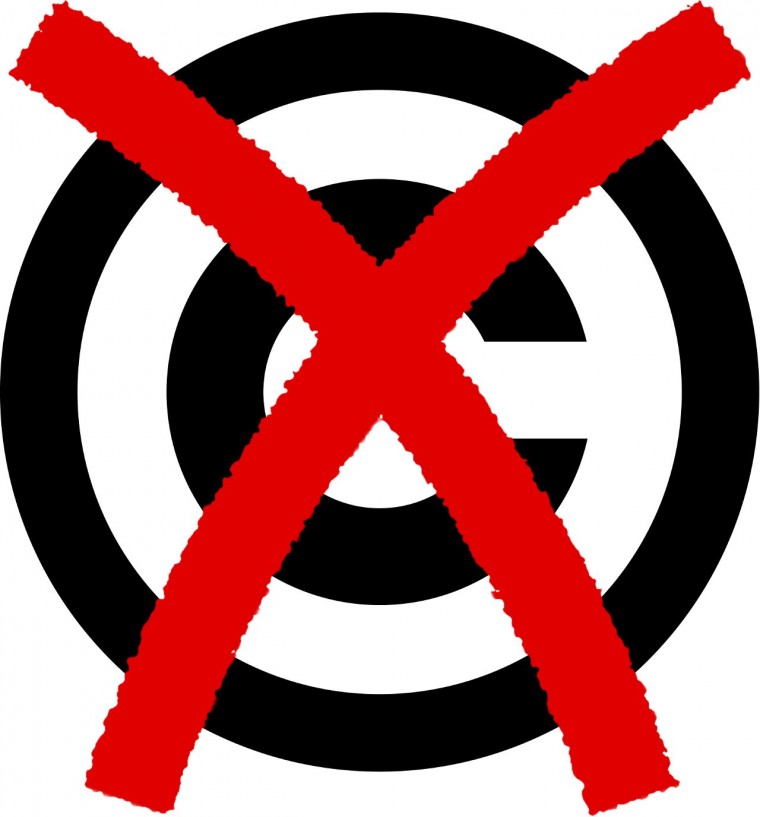Currently, it is very hard for policymakers to keep pace with the high rate of changes in the world of Internet technologies. Moreover, not all online users are acknowledged of copyright principles and restrictions. This combination of advanced technologies and lack of knowledge ‘has resulted in the emergence of a culture in which social norms surrounding the consumption and distribution of digital content’ do not correspond to a traditional copyright law (Palfrey et al., 2009). Thus, with the development of peer-to-peer file-sharing technologies, any individual with Internet access can consume and share electronically stored information in an easy and fast way, ‘often without any compensation to either creators or distributors of these works'(Palfrey et al., 2009).

Copyright in the digital age – (EmergeCounsel, 2016)
Moreover, digital technologies allowed creating streaming services, or pirate sites, that use copyrighted content illegally and get profits from advertising, pay-per-view fees, and subscriptions that destroys media industry and leads to degradation of creativity (Kienzle, 2013).
This infographic illustrates how the governments have been desperately trying to respond to changes in the digital environment since the creation of the internet.
At the same time, with the help of digital technologies and networks, it became easier for authors to create and distribute their works. These disruptive changes in supply chains resulted in the destruction of old businesses and the development of new ones (Merrill and Raduchel,2013). For instance, a talented and tech-savvy writer may release his/her own e-book and get profit directly without any intermediaries that happened due to the proliferation of e-readers and easy access to software.
Since digital technologies have changed the ways consumers discover and consume music, plenty of new business models in music have also emerged:
- Digital music stores such as Apple and Amazon;
- Ad-supported Internet radio services, such as Pandora;
- Paid music subscription services, such as Spotify;
- YouTube channels used by authors as advertisement;
- Social networks enabling major label recording artists and unsigned bands to organise fans to purchase downloads, watch videos, and attend concerts;
- Crowd-sourcing funding platforms, such as Kickstarter, enabling musicians to solicit voluntary contributions to fund studio recordings, video production, and tours;
- Software authoring tools, such as ePub3, enabling musicians to create digital boxed sets that include text, video, photos, Internet links, potentially bundled with sale of concert tickets.
Filming industry has also undergone multiple changes almost at all stages of the motion picture supply chain. However, from a financial perspective, the greatest influence was exerted on the stage of post-theatrical distribution. Currently, a modern consumer has ‘the choice to download or stream from dozens of online services using subscription, rental, sell-through or advertiser-based business models'(Merrill and Raduchel,2013).
